Walking into a Middle Eastern grocery store feels like stepping into a treasure trove of flavors. The shelves are packed with colorful spices, unique ingredients, and traditional foods that might seem unfamiliar at first.
Whether you’re trying to recreate your favorite restaurant dishes or exploring this cuisine for the first time, knowing what to grab can turn your home cooking into something special.
1. Bulgur Wheat
Nutty and versatile, bulgur wheat is the backbone of many beloved Middle Eastern dishes. Already partially cooked, this cracked wheat cooks up in minutes, making it perfect for busy weeknight meals.
Most famous as the main ingredient in tabbouleh salad, bulgur also stars in kibbeh (meat and bulgur patties) and can be used as a hearty base for grain bowls. It comes in different sizes from fine to coarse – fine works best for salads while coarse varieties shine in pilafs.
Store bulgur in an airtight container in a cool, dry place, and it’ll keep for months. One cup of dry bulgur yields about three cups cooked, making it an economical pantry staple that’s packed with fiber and protein.
2. Freekeh
Ancient and smoky, freekeh is young green wheat that’s been roasted over an open fire. The distinctive process gives this grain its signature smoky flavor that no other grain can match.
Popular throughout the Levant and North Africa, freekeh contains more protein and fiber than most grains. The texture remains slightly chewy when cooked, making it satisfying in soups, pilafs, and as a side dish. Many home cooks substitute it for rice or bulgur for a nutritional boost. Found in both whole and cracked forms, the cracked variety cooks faster (about 20 minutes).
Try mixing freekeh with caramelized onions, toasted nuts, and dried fruits for an impressive side dish that’ll have everyone asking for your secret ingredient.
3. Basmati or Egyptian Rice
Rice transforms into magic in Middle Eastern kitchens. Basmati’s fragrant long grains create fluffy pilafs, while Egyptian rice’s medium grains hold together beautifully in signature dishes like maqluba (an upside-down rice and vegetable dish).
Many Middle Eastern cooks toast their rice in butter or oil before adding water, developing nutty flavors and ensuring each grain remains separate. The rice often becomes a canvas for other flavors – studded with vermicelli noodles in Egyptian koshari or layered with spiced meat in Saudi kabsa.
For authentic results, always rinse your rice thoroughly before cooking to remove excess starch. These specialty rice varieties cost a bit more than regular supermarket options, but the dramatic improvement in flavor and texture makes them worth every penny.
4. Pomegranate Molasses
Ruby-red and intensely flavored, pomegranate molasses delivers a perfect sweet-sour punch that transforms ordinary dishes into memorable ones. This thick syrup is simply pomegranate juice reduced until syrupy, creating a concentrated flavor bomb.
Just a tablespoon drizzled over roasted vegetables or grilled meats adds complexity that’s hard to achieve with other ingredients. It’s essential in muhammara (red pepper and walnut dip) and gives authentic tang to many Iranian stews.
The molasses also makes an incredible salad dressing when whisked with olive oil and a pinch of salt. Unlike many specialty ingredients, pomegranate molasses lasts practically forever in your pantry. Look for brands with no added sugar for the truest flavor – the ingredient list should simply read “pomegranate juice.”
5. Tahini
Creamy, rich, and slightly bitter, tahini is the unsung hero behind many Middle Eastern favorites. Made from roasted sesame seeds ground into a smooth paste, good tahini should pour easily while maintaining its luscious texture.
Beyond hummus and baba ghanoush, this versatile paste enriches salad dressings, sauces, and even desserts. In the Levant, tahini sauce (thinned with lemon juice and garlic) gets drizzled over falafel, grilled meats, and roasted vegetables. The natural oils in tahini will separate over time – just stir before using. Quality matters tremendously with tahini.
The best varieties use hulled sesame seeds and taste nutty rather than bitter. Once opened, store it in the refrigerator where it’ll keep for months, ready to add depth to countless dishes.
6. Harissa or Shatta
Fiery and aromatic, these chili pastes pack serious flavor in small amounts. Harissa, from North Africa, blends red peppers with garlic, olive oil and spices like caraway and coriander, creating complex heat that enhances rather than overwhelms.
Shatta, its Levantine cousin, comes in red or green varieties depending on the peppers used. Both condiments transform ordinary dishes with just a small dollop. Stir them into soups, spread on sandwiches, or mix with yogurt for an instant dipping sauce.
Heat levels vary dramatically between brands, so start with a small amount until you know what you’re working with. Most versions come in jars or tubes – after opening, pour a thin layer of olive oil on top before refrigerating to extend freshness and prevent drying out.
7. Canned Chickpeas
Time-saving kitchen heroes, canned chickpeas deliver instant protein and creaminess to countless Middle Eastern classics. Unlike many canned foods, chickpeas maintain excellent texture and flavor, making them perfect for last-minute meals.
Beyond the obvious hummus, these versatile legumes shine in Egyptian koshari, Moroccan stews, and Lebanese fattet hummus (a layered dish with toasted bread and yogurt). For maximum flavor absorption, add chickpeas toward the end of cooking in soups and stews. The liquid in the can, called aquafaba, has become famous in its own right as an egg white substitute.
For the best texture in salads, rinse canned chickpeas well and pat dry before using. Keep several cans in your pantry for protein-packed meals ready in minutes – they’re practically a Middle Eastern fast food!
8. Pickled Turnips or Mixed Pickles
Vibrant pink and tantalizingly tangy, pickled turnips (often colored with beets) are the signature condiment that accompanies shawarma sandwiches throughout the Levant. Their bright color and crisp texture provide the perfect counterpoint to rich, savory meats.
Middle Eastern mixed pickles might include cucumbers, carrots, cauliflower, and peppers – each bringing its own texture and flavor to the mix. These aren’t just garnishes; they’re essential components that cut through richness and cleanse the palate between bites. The pickling liquid typically combines vinegar, water, salt, and sometimes spices like turmeric or bay leaves.
Look for jars without artificial colors or preservatives for the most authentic flavor. These pickles last for months refrigerated and get better with age as the flavors continue to develop.
9. Labneh
Silky-smooth and pleasantly tangy, labneh sits at the delicious crossroads between yogurt and cheese. This strained yogurt cheese has been a breakfast staple across the Middle East for centuries, traditionally served drizzled with olive oil and sprinkled with za’atar.
The straining process removes whey, creating a thick, spreadable consistency perfect for dipping or spreading on bread. In Lebanon and Syria, small balls of labneh might be preserved in olive oil with herbs.
Store-bought labneh saves time, but you can easily make it at home by straining regular yogurt through cheesecloth overnight. Whether store-bought or homemade, this versatile dairy product adds protein and probiotics to your meals while delivering incredible creamy texture.
10. Za’atar
Herbaceous, nutty, and slightly tangy, za’atar is the quintessential Middle Eastern spice blend that transforms simple ingredients into something extraordinary.
This magical mixture typically combines dried thyme, sumac, toasted sesame seeds, and salt, though regional variations might include oregano, marjoram, or savory. The most beloved way to enjoy za’atar is sprinkled over labneh or mixed with olive oil as a bread dip. It also makes a fantastic rub for chicken, adds dimension to roasted vegetables, and elevates scrambled eggs to gourmet status.
Quality za’atar should smell vibrantly fresh and herbaceous when you open the container. The blend loses potency over time, so buy in small quantities and store in an airtight container away from light and heat to preserve its aromatic qualities.
11. Sumac
Bright red and lemony tart, sumac is the secret weapon that brings zingy acidity to Middle Eastern dishes without adding moisture. Made from ground dried berries, this vibrant spice delivers sunshine-like brightness that transforms ordinary ingredients.
Sprinkle sumac over freshly cut onions to tame their sharpness for salads, dust it over grilled meats just before serving, or mix it into dips for an instant flavor upgrade. In Palestinian cuisine, it’s essential in musakhan (sumac-spiced chicken with caramelized onions), while in Turkey, it’s often found on the table alongside salt and pepper.
Unlike many spices, sumac doesn’t need toasting to release its flavor – its tart profile is ready to use straight from the container. Look for deep red sumac without added salt or artificial colors for the purest flavor experience.
12. Baharat or Ras el Hanout
Warm, complex, and deeply aromatic, these signature spice blends are the secret behind the distinctive flavors of Middle Eastern and North African cuisine. Baharat (Arabic for “spices”) typically combines black pepper, cumin, cinnamon, and cloves, while Moroccan Ras el Hanout (“top of the shop”) might include 20+ ingredients including rose petals and lavender.
These ready-made blends save time while delivering authentic flavor profiles developed over centuries. Use them to season ground meat for kofta, rub on chicken before roasting, or stir into rice dishes for incredible depth. Each family and spice merchant has their own secret formula, which explains why these blends vary so much between brands.
Freshness matters tremendously – the spices should smell vibrantly aromatic when you open the container, signaling they’ll deliver maximum flavor to your cooking.
13. Pita Bread
Soft, pillowy, and perfectly pocketable, fresh pita bread from a Middle Eastern bakery bears little resemblance to the dry, cardboard-like versions found in most supermarkets.
When fresh, these rounds puff dramatically during baking, creating the signature pocket that’s perfect for stuffing. Beyond sandwiches, pita serves as an edible utensil for scooping up hummus, baba ghanoush, and other dips. Stale pita isn’t wasted – it’s transformed into fattoush salad, where toasted bread pieces soak up tangy dressing, or ground into breadcrumbs for kibbeh.
For maximum freshness, buy pita the day you plan to use it or freeze extras immediately. To revive slightly stale pita, sprinkle with water and warm briefly in the oven – the steam will restore its softness and make it taste nearly fresh-baked.
14. Markook or Saj Bread
Paper-thin and impressively large, markook bread showcases the remarkable skill of Middle Eastern bakers. Traditionally baked on a domed metal griddle called a saj, these enormous flatbreads can reach two feet in diameter while remaining delicate and pliable.
Unlike pita, markook doesn’t contain a pocket – instead, its tissue-thin consistency makes it perfect for wrapping around fillings or tearing into pieces for scooping up dips. In Lebanon and Syria, it might be spread with za’atar and olive oil for breakfast or wrapped around grilled meats and vegetables for lunch.
The bread stays fresh for several days when properly stored in plastic bags at room temperature. For longer storage, freeze with parchment paper between layers so you can remove individual pieces. To serve, simply warm briefly to restore flexibility.
15. Halva
Sweet, crumbly, and utterly unique, halva offers a textural experience unlike any Western confection. This tahini-based treat has a distinctive short texture that’s simultaneously creamy and flaky – it seems to dissolve the moment it hits your tongue.
The basic version combines tahini with sugar syrup, but endless variations exist. You might find halva studded with pistachios, swirled with chocolate, or flavored with vanilla or coffee.
In the Middle East, it’s often enjoyed with strong coffee or tea as an afternoon pick-me-up. Quality halva should taste primarily of sesame with balanced sweetness, never greasy or overly sugary. It’s typically sold in blocks that you can cut to your desired portion size. Store tightly wrapped in the refrigerator, where it will keep for months – if you can resist eating it all immediately!
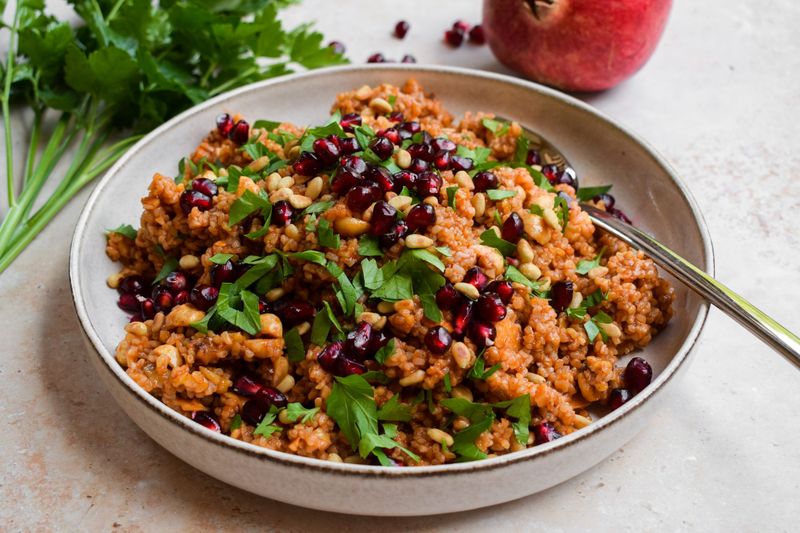
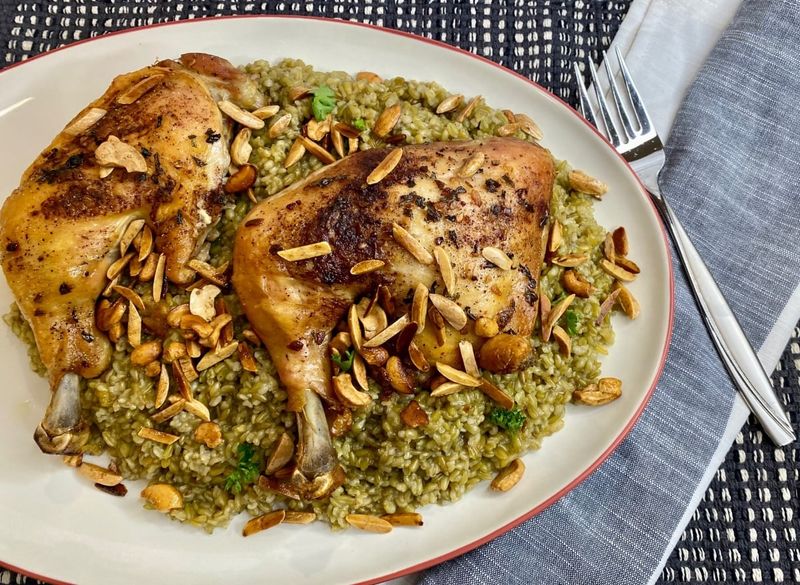
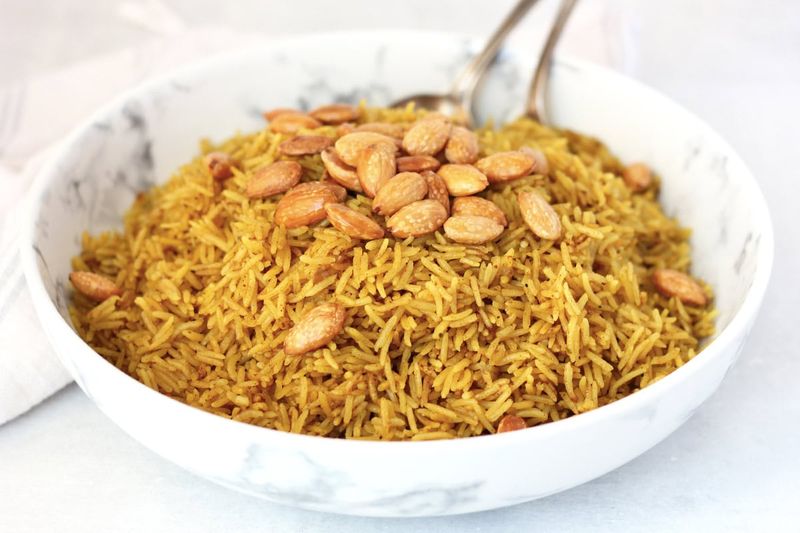
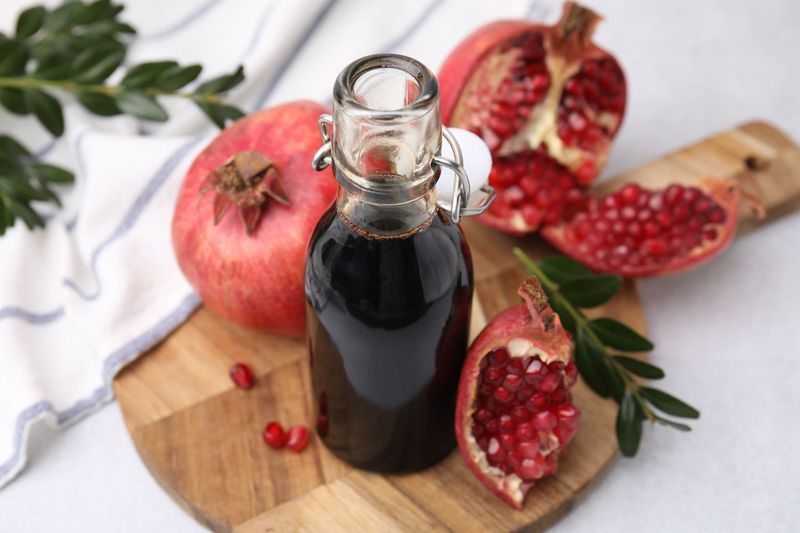
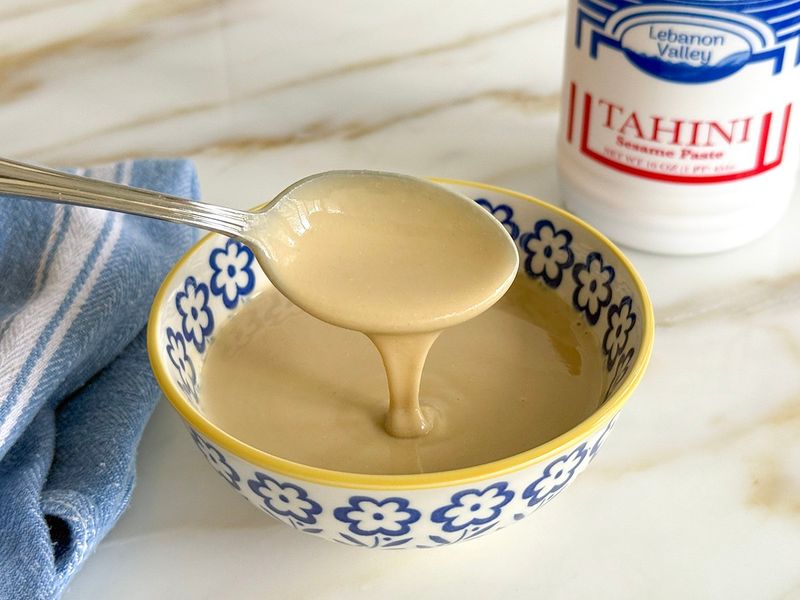
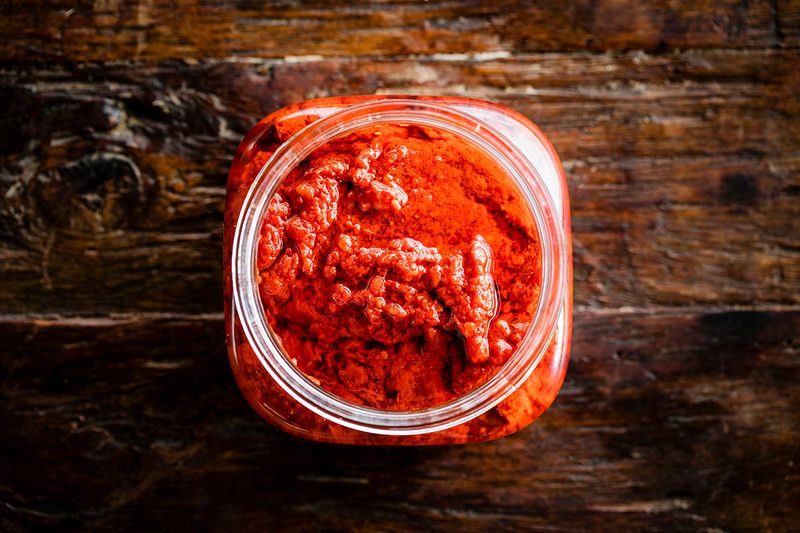
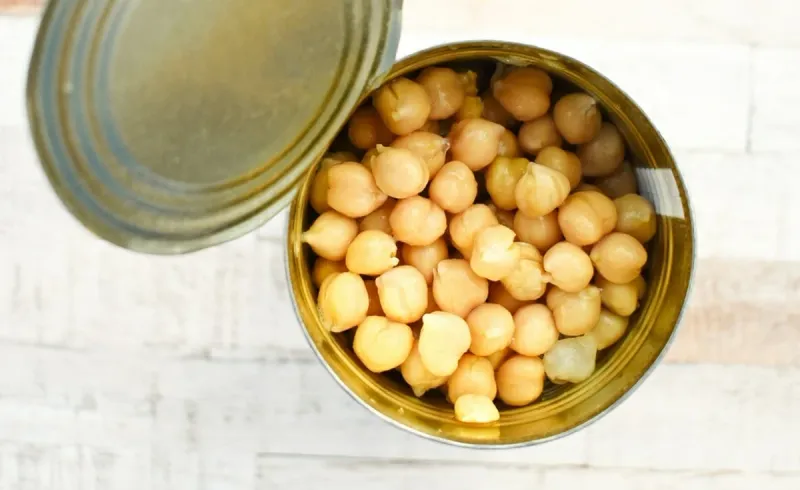
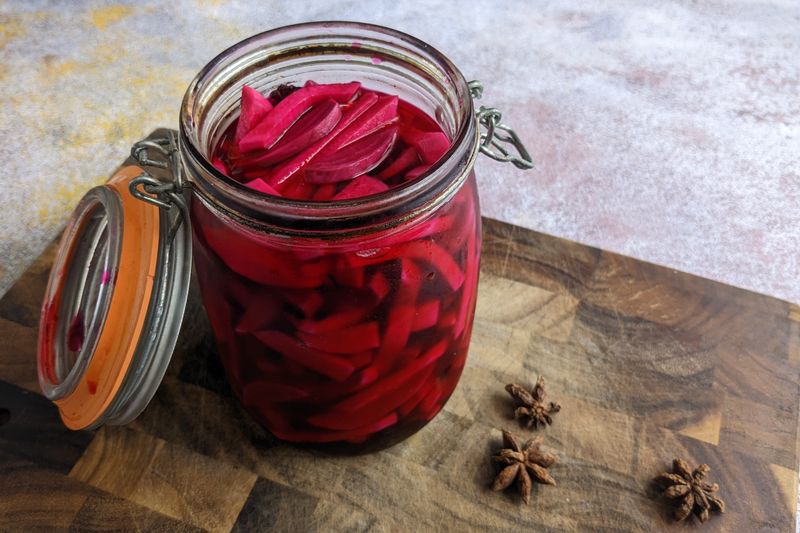
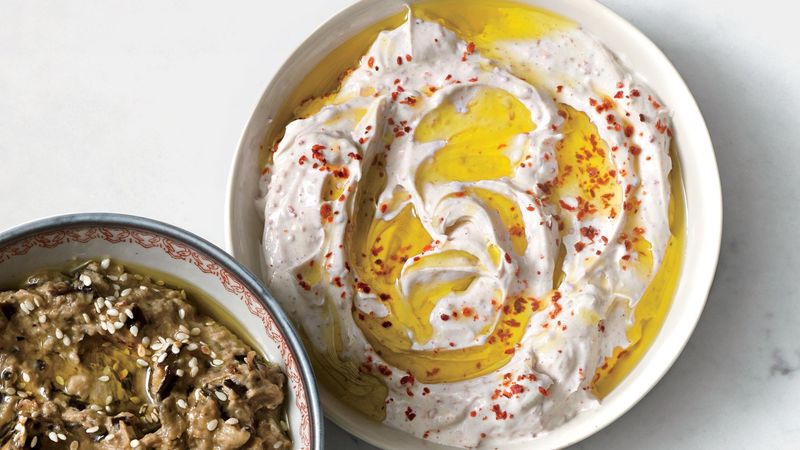
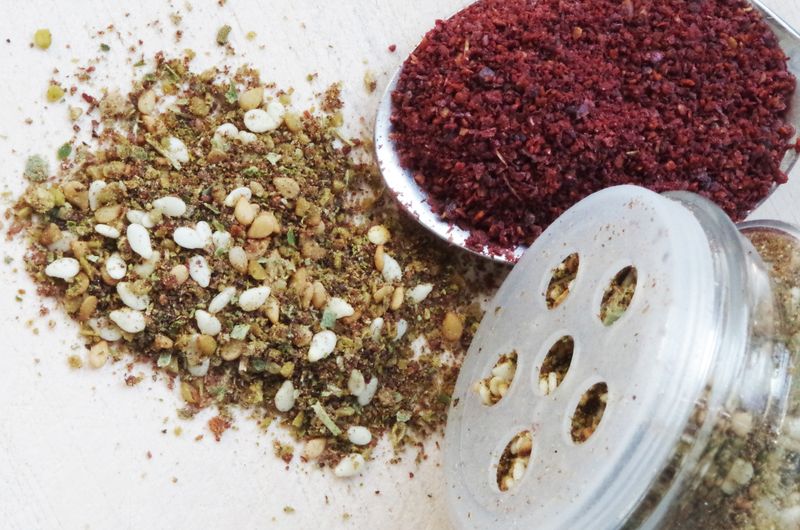
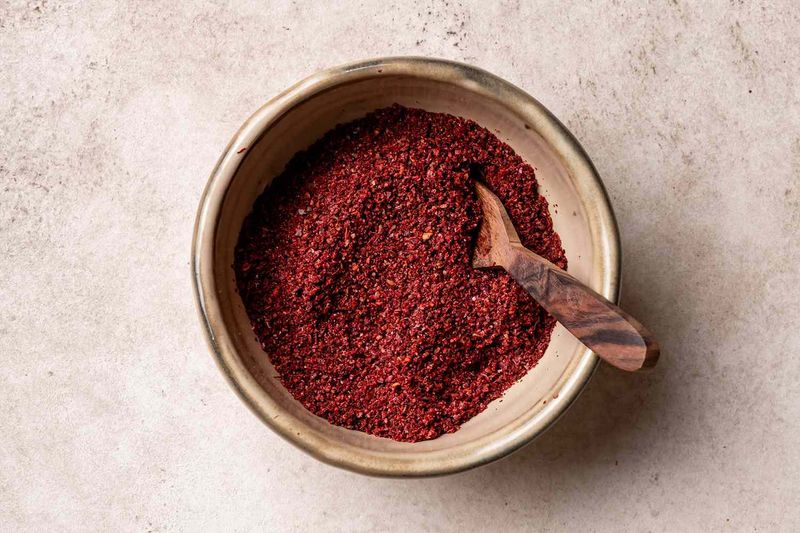
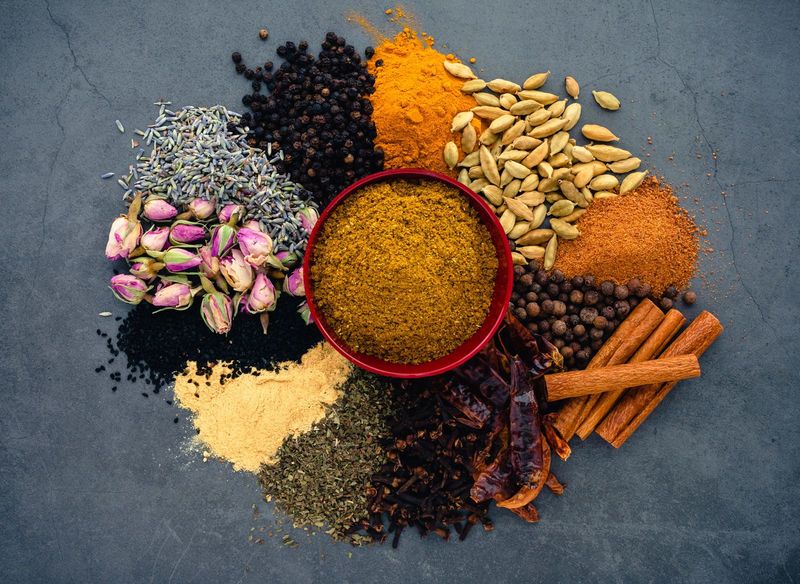
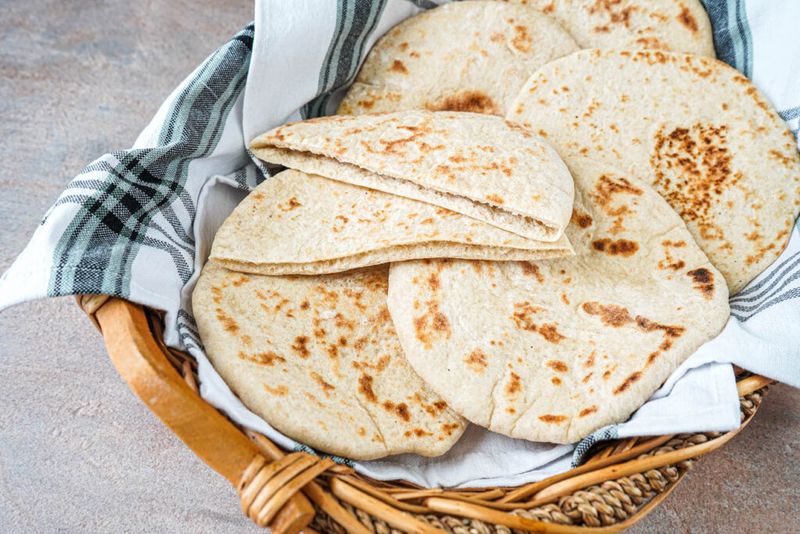
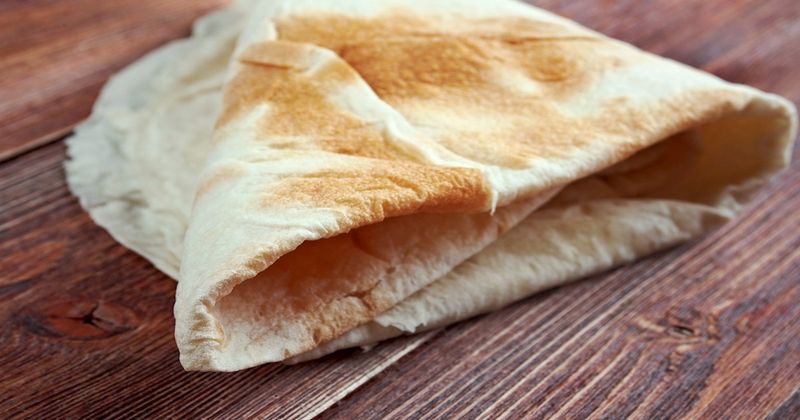
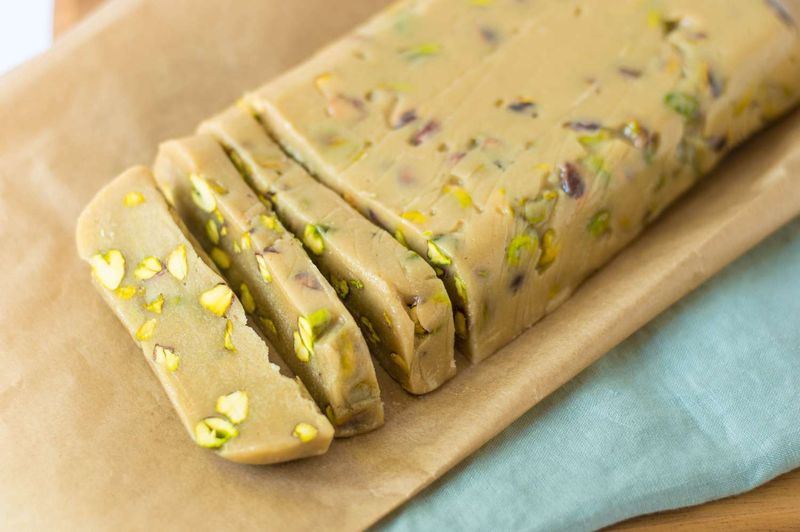
Leave a comment